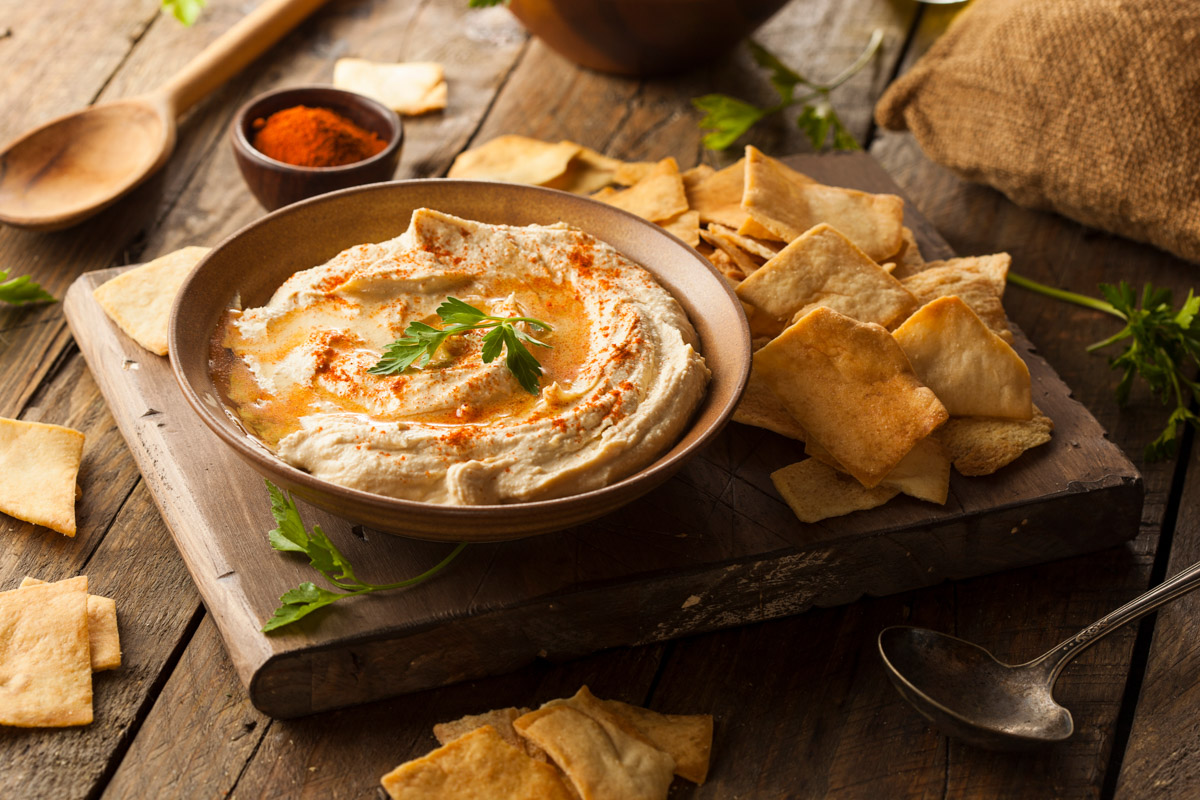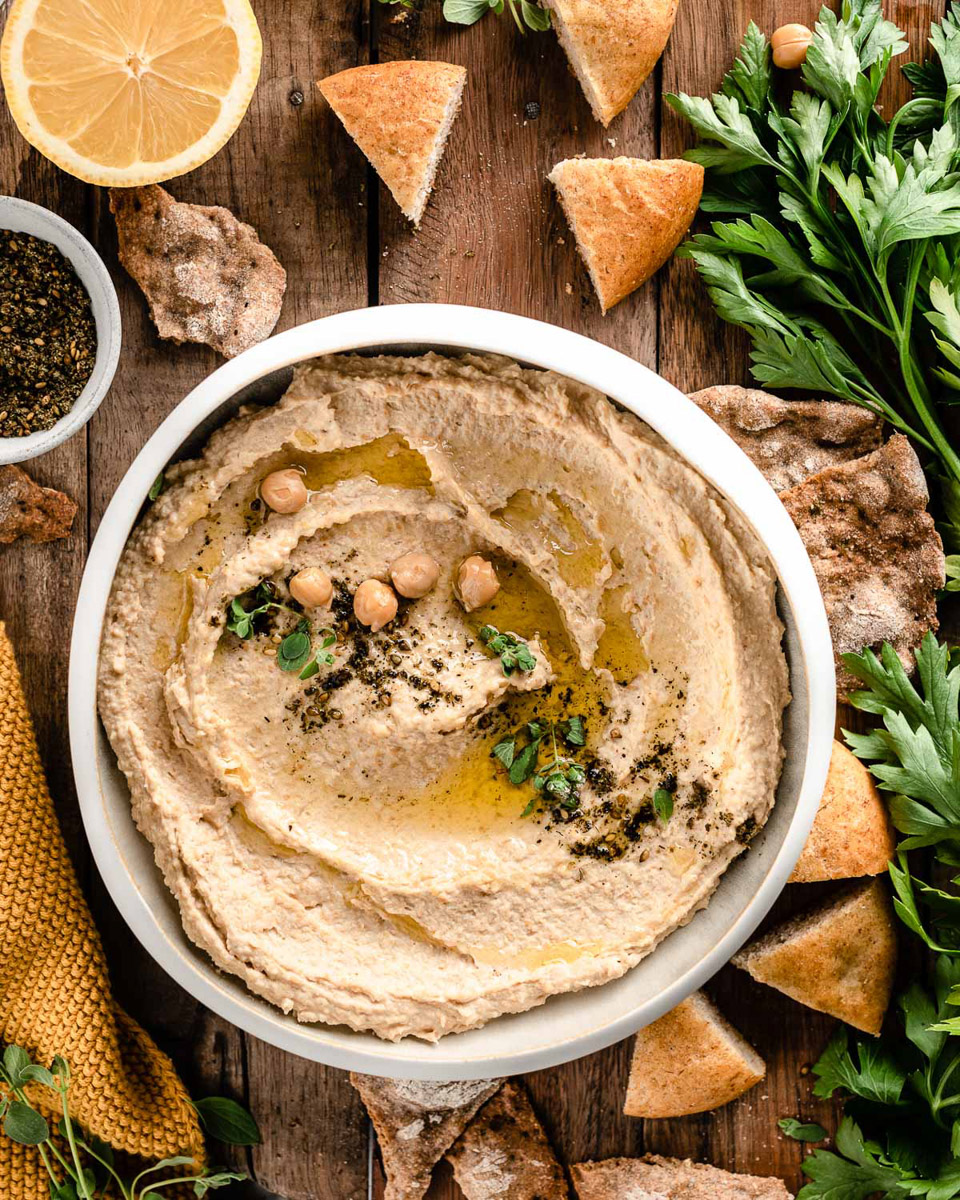Uncovering the Rich History and Complex Origins of Hummus
Hummus, the beloved Middle Eastern dip made from chickpeas, tahini, lemon, and garlic, has been gaining popularity around the world in recent years. But while many of us may associate hummus with trendy vegan cafes and Mediterranean restaurants, its origins are much older and more complex than one might imagine. The exact origins of hummus are difficult to pin down, as many cultures across the Middle East claim to have invented the dish. Some trace its roots back to ancient Egypt, where mashed chickpeas were mixed with vinegar and herbs. Others point to the Levant region, which encompasses modern-day Lebanon, Syria, Jordan, and Palestine, where hummus has been a dietary staple for centuries.
In the Levant, hummus has long been a symbol of hospitality and community. Families and friends gather around a shared plate of hummus, dipping in pieces of pita bread and engaging in lively conversation. In fact, there is even a saying in Arabic that translates to "a day without hummus is a lost day.
The history of hummus is a testament to the resilience and creativity of the people who have shaped it over the centuries. From the humble chickpea to the creamy, tangy dip we know and love today, hummus has been shaped by countless cultures and traditions, each leaving their mark on this iconic dish.
Whether enjoyed as a simple snack or as part of a larger meal, hummus continues to captivate palates and bring people together. As we celebrate the history and cultural significance of this beloved dip, we are reminded of the power of food to unite us across borders and differences.

Ingredients:
- 1 can of chickpeas (15 oz)
- 1/4 cup of tahini paste
- 1/4 cup of fresh lemon juice
- 2-3 garlic cloves, minced
- 1/4 cup of olive oil
- 1/2 tsp of ground cumin
- Salt, to taste
- Water, as needed
Instructions:
- Drain and rinse the chickpeas, and remove any loose skins.
- In a food processor, blend the chickpeas until smooth. Add a tablespoon or two of water to help the blending process, if needed.
- Add the tahini paste, lemon juice, minced garlic, olive oil, cumin, and salt to the food processor. Blend until well combined.
- Taste and adjust seasoning as needed. If the hummus is too thick, add a tablespoon of water at a time until desired consistency is reached.
- Serve with a drizzle of olive oil and a sprinkle of paprika, if desired. Enjoy with pita bread, vegetables, or as a spread for sandwiches.
Enjoy!

